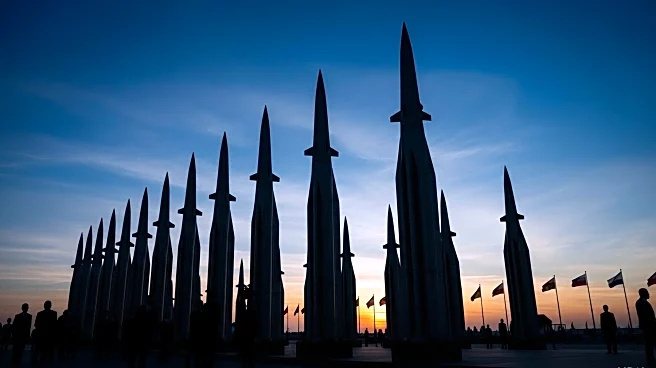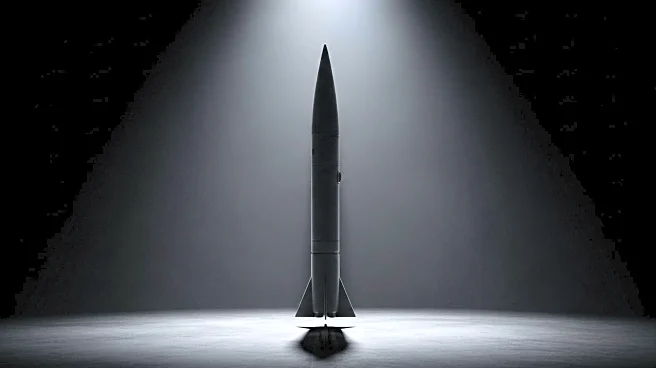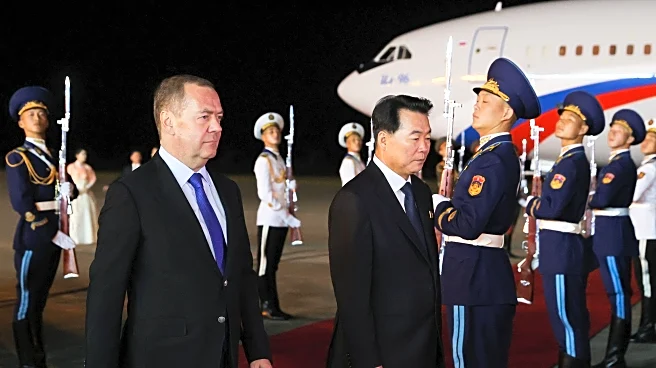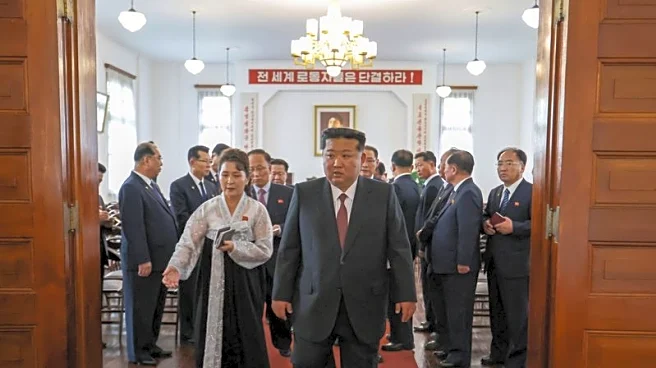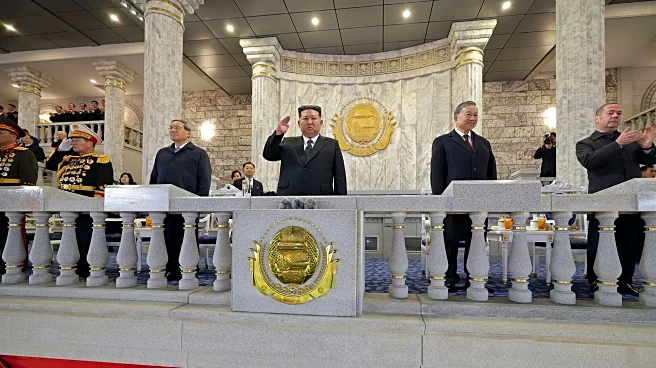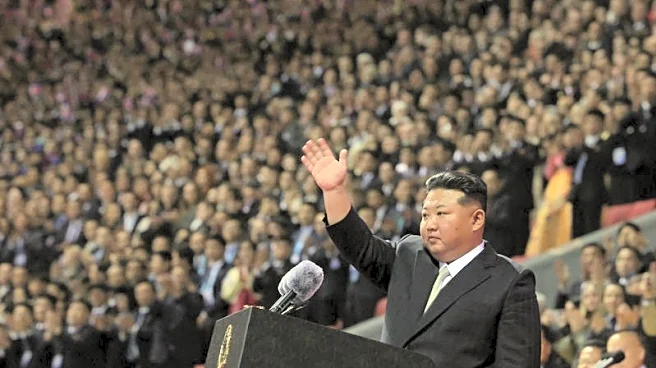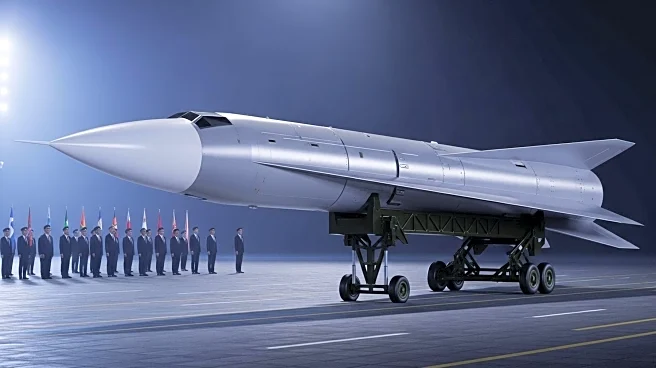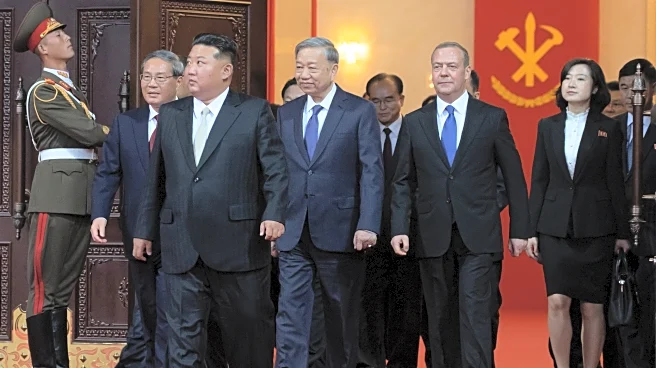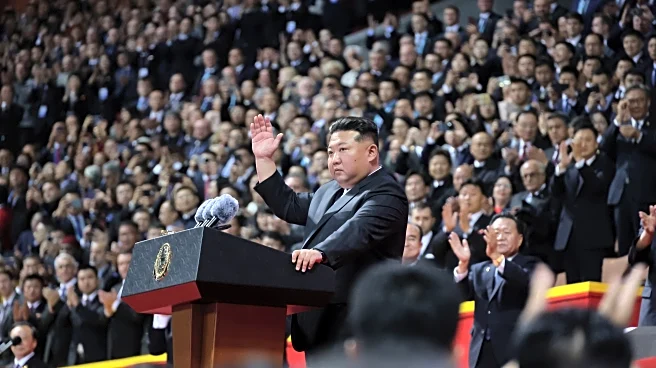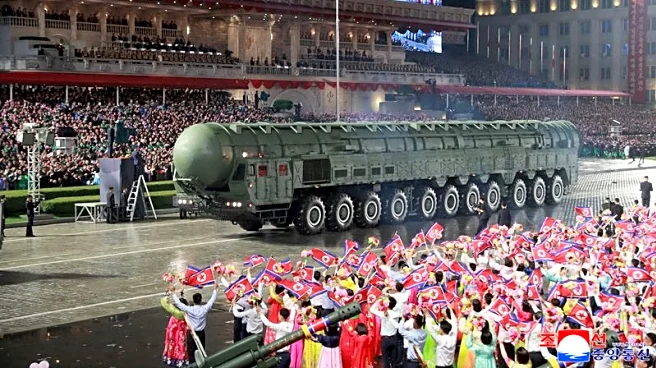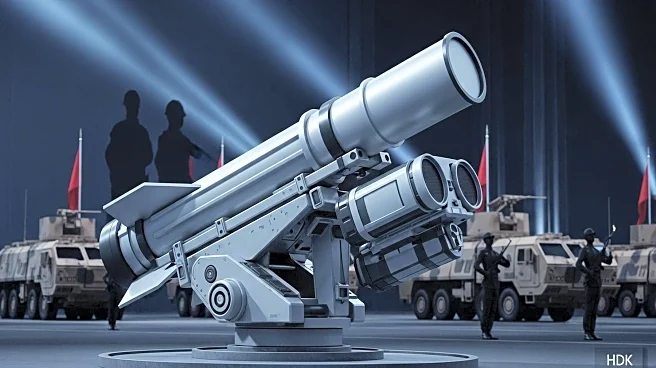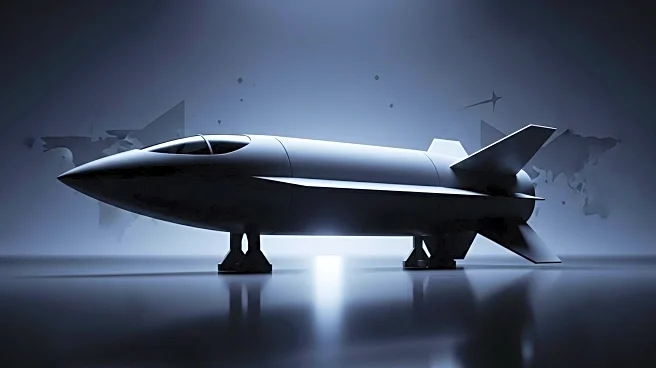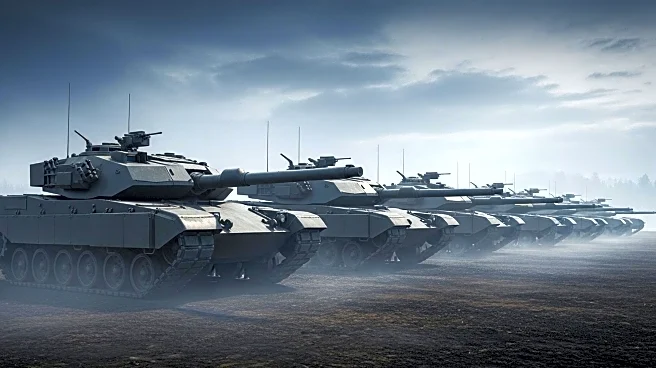What is the story about?
What's Happening?
North Korea held a military parade on October 10, 2025, to commemorate the 80th anniversary of its ruling Workers' Party. During the event, North Korean leader Kim Jong Un showcased a new intercontinental ballistic missile, the Hwasong-20, which has not yet been tested but is described as the 'most powerful nuclear strategic weapons system' by the Korean Central News Agency. The parade also featured shorter-range ballistic, cruise, and supersonic missiles. Foreign dignitaries, including Chinese Premier Li Qiang, former Russian President Dmitry Medvedev, and Vietnam's Communist Party chief To Lam, were present. Kim Jong Un emphasized the need for the military to evolve into an 'invincible force that eliminates all threats.'
Why It's Important?
The display of advanced missile technology by North Korea underscores its growing military capabilities and strategic partnerships with countries like China and Russia. This development is significant in the context of ongoing tensions with the United States, particularly regarding denuclearization talks. The presence of high-profile foreign leaders at the parade signals potential shifts in geopolitical alliances and could influence international diplomatic strategies. North Korea's military advancements may prompt increased security concerns and policy responses from the U.S. and its allies.
What's Next?
The parade and the showcased weaponry may lead to heightened diplomatic and military tensions between North Korea and the United States. The U.S. and its allies might consider reinforcing their defense strategies in response to North Korea's military advancements. Additionally, North Korea's strengthened ties with Russia and China could result in more collaborative efforts in military and economic domains, potentially impacting global geopolitical dynamics.
Beyond the Headlines
The event highlights the complex interplay of international relations in the region, with North Korea leveraging its military capabilities to assert its position on the global stage. The involvement of foreign dignitaries suggests a possible realignment of alliances, which could have long-term implications for regional stability and international diplomacy. The parade also reflects North Korea's continued resistance to denuclearization talks, posing challenges for future negotiations.
AI Generated Content
Do you find this article useful?
